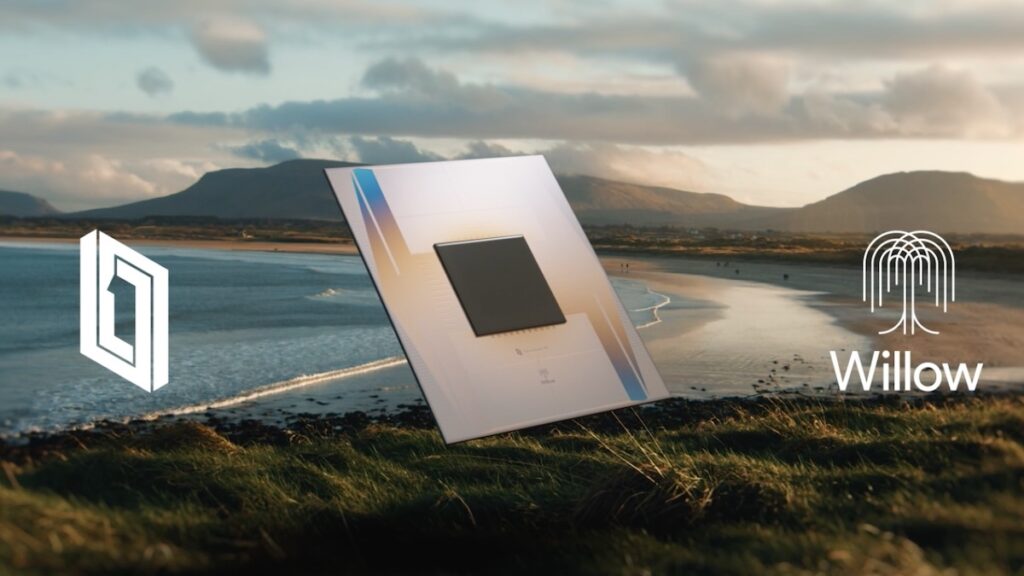
December 11, 2024 at 07:11AM
Google’s Willow chip, announced on December 9, 2024, can solve complex problems in minutes, demonstrating significant advancements in quantum computing. It features below-threshold error correction, reducing reliance on error-correcting qubits. While impressive, experts caution that the breakthrough is incremental and still distant from achieving cryptographically relevant quantum computing.
### Meeting Takeaways:
1. **Google’s Willow Announcement**:
– Released on December 9, 2024.
– Willow chip can solve a problem in under five minutes that would take a classical supercomputer 10 septillion years, showcasing significant advancement in quantum computing.
2. **Evaluation of Quantum Supremacy**:
– The claims about Willow’s performance, although impressive, are based on a contrived problem designed for benchmarking quantum systems (random circuit sampling).
– Comparison with Google’s 2019 claim of ‘quantum supremacy’ highlights remarkable progress in five years.
3. **Concern Over Cryptographic Relevance**:
– The development does not indicate a significant decrease in the timeline for achieving a cryptographically relevant quantum computer (CRQC) capable of decrypting current public-key encryption.
4. **Breakthrough in Quantum Error Correction**:
– Willow’s announcement includes a major breakthrough in reducing the number of necessary error correction qubits, enhancing the reliability of quantum computations.
– Google claims to have achieved ‘below threshold’ error correction.
5. **Comparison of Qubit Counts**:
– Willow has 105 qubits, while IBM’s Osprey has 433 qubits.
– The effectiveness of qubits is questioned when high error rates may undermine results, emphasizing the importance of error correction.
6. **Industry Impact**:
– The advancements in error correction are anticipated to influence quantum computing technologies across various platforms, including superconducting qubits, photons, ions, and neutral atoms.
– Stakeholders suggest these developments represent a significant step forward but caution that true large-scale, fault-tolerant systems are yet to be achieved.
7. **Recommendations for Cybersecurity**:
– Security professionals are advised to accelerate their migration to NIST’s post-quantum and agile encryption algorithms as a proactive measure against potential future threats posed by quantum computing advancements.
### Action Items:
– Stay updated on Google’s progress and further developments in quantum computation and error correction techniques.
– Evaluate and implement NIST’s recommended post-quantum encryption algorithms in organizational cybersecurity strategies.